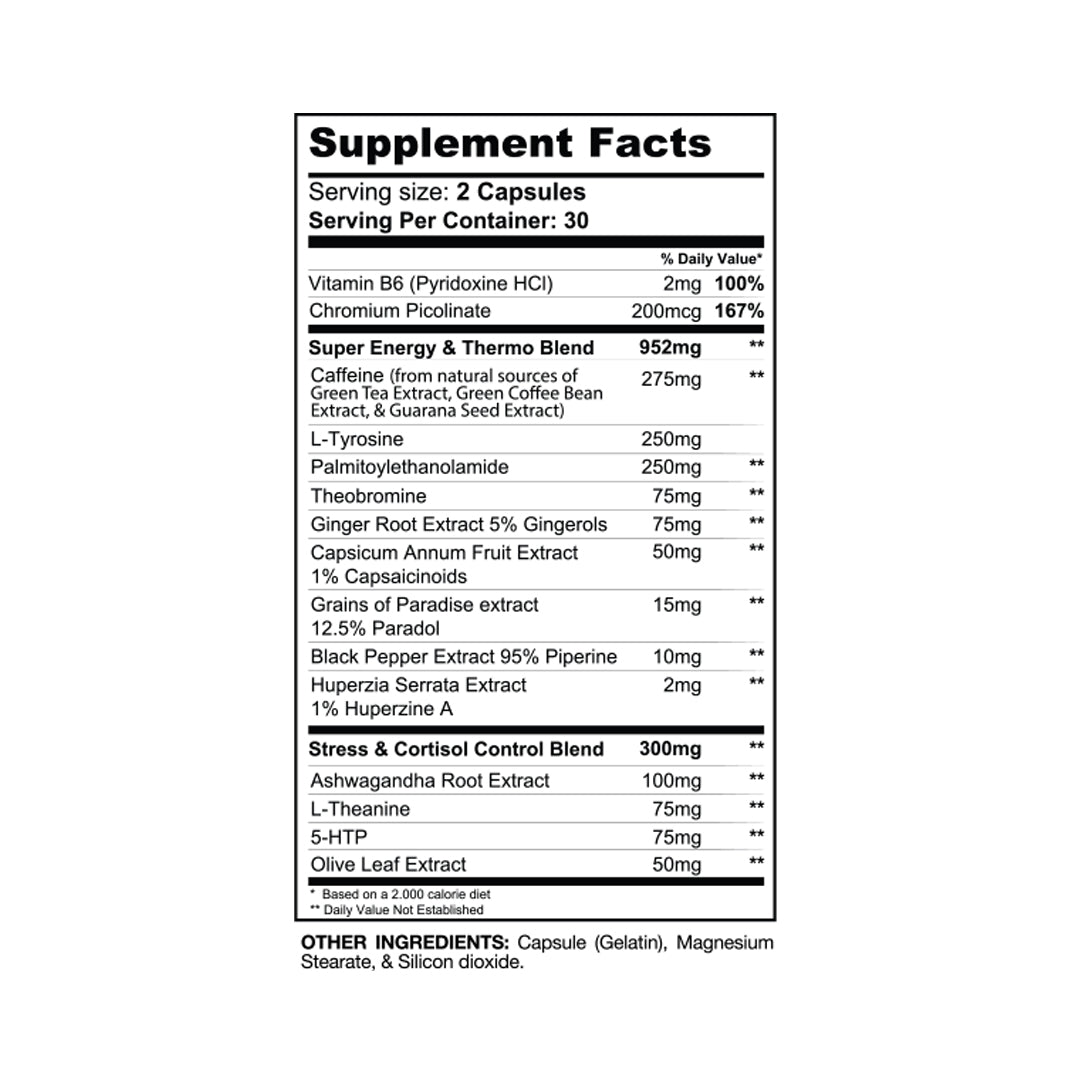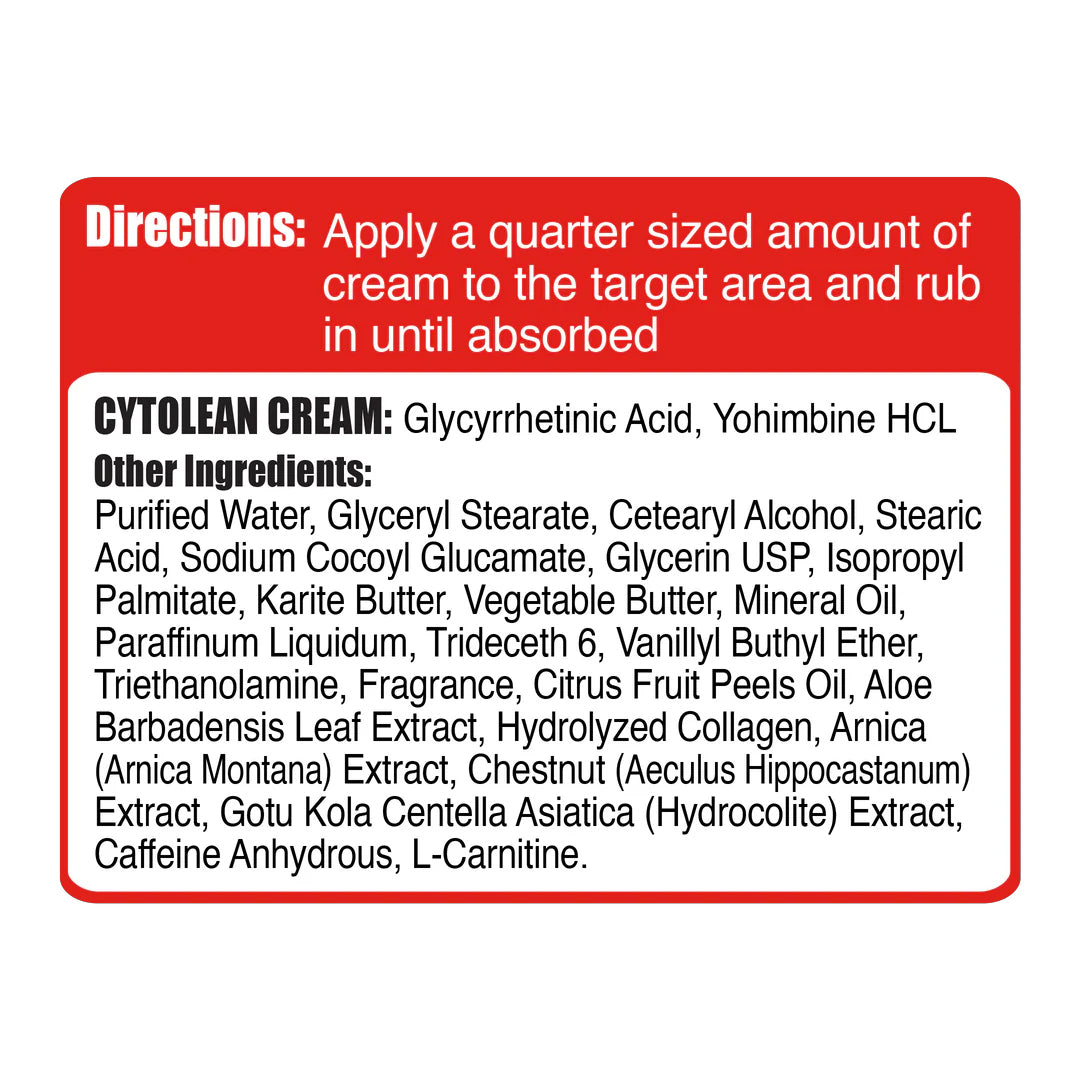You’ve heard of counting calories, but are you familiar with the term “counting macros”? If you’re new to this whole fitness journey, talk of macros might seem like a foreign concept. Counting macronutrients has been around for a while, and it is commonly used by those looking to lose weight, bulk up, or even look more cut for competitions.
Luckily, while nutrition can be confusing, counting your macros is simple. Let’s get started.
What Are Macronutrients?
If you plan on being successful at counting your macros, you need to know what they are. In basic terms, a macronutrient is a cluster of molecules that gives your body energy to perform processes. Without these macronutrients, you would cease to be.
Carbohydrates
Carbohydrates are anything related to sugars, fiber, and starches. Sugars are the primary component, and these are broken down into glucose, enter the body, and are stored as glycogen in the muscles and liver.
Carbohydrates provide 4 calories per gram. Generally, carbs make up the largest portion of your diet, but there are many debates raging on about whether or not people really need their carb intake to be 45-65% of your daily caloric intake.
If you are on a low-carb or ketogenic diet, you are obviously on the lower end of the spectrum. Vegans and vegetarians are probably closer to 60-65% carbohydrate intake.
Protein
Like carbohydrates, protein provides the body 4 calories per gram; but unlike carbs, protein is not primarily used for nutrition. It is used, first, for other vital functions, like strengthening the immune system, building tissues, repairing muscles, and production enzymes and hormones.
The recommended intake of protein is 10-35% of your total calories per day.
Fat
The body needs fat in order to perform essential tasks and processes. Without fat, you cannot survive. Fats also have the most calories per gram—each gram contains 9 calories.
Although dietary standards say that the recommended macronutrient range for fat is between 20-35% of your daily intake, many people are finding a low-carb, high-fat diet to be better for them.
The type of fat these people consume, however, plays a key role in their overall health.
The Difference Between Counting Calories & Counting Macros
Many people who are trying to change their body composition automatically think that counting calories is all there is to a successful diet. However, as you can see, depending on the type of diet and your goals, the calories you take in are not always going to be the right calories. You need to pay attention to the quality of that energy.
In other words, you could eat 100 calories of peanut butter or 100 calories of candy. It’s the same amount in terms of calories, but what you are eating is vastly different.
If you are on a certain diet that allows x-amount of carbs, proteins, and fats per day, knowing the calories tells you nothing about where you are in terms of macronutrients.
Why Tracking Macros Is Important
That brings us into why counting your macronutrients is something you should be doing. It’s not only important, it’s necessary if you want to see results.
If you are on a ketogenic diet, you are going to want to make sure that you are staying within the ideal carb range. Similarly, if you are trying to build muscle, you need to know how many grams of quality protein you are getting.
Meals should have the macros you need. Whenever you are low on protein, you might burn muscle instead of fat. When you eat too few carbs as an athlete, you feel sluggish. Too little fat? You could get the female athletic triad (for the ladies) or suffer from low-T (for men). And if your sugar and fat intake is too high, you won’t see any change in your body composition.
But more than that, counting your macros is simply better than counting calories. Rather than getting stuck on a number you have to eat, you make wiser, more informed decisions about the type of food you should be eating to meet your goals. This keeps you from getting too obsessed with calories and stops you from depriving yourself.
How To Count & Calculate Your Macros
If you are serious about fine-tuning your diet and macronutrient needs, then you need to figure out how to count your macros correctly. There are plenty of free tools online to help you with the mathematical calculations.
Prefer to do everything by hand? Then check out the equations below.
First, you need to figure out your daily caloric needs. You do this by calculating your basal metabolic rate (BMR). Sometimes, you can separate this into your Resting Energy Expenditure (REE), or the number of calories burned just at rest, and your Non-Resting Energy Expenditure (NREE), which includes digestion and other activities.
These calculations combined give you your Total Daily Energy Expenditure (TDEE).
To figure out your needs, you can use the Mifflin-St. Jeor formula or find an online calculator. The equation is:
- Men: 10 x weight (kg) + 6.25 x height (cm) – 5 x age (y) + 5 = calories/day
- Women: 10 x weight (kg) + 6.25 x height (cm) – 5 x age (y) – 161 = calories/day
Once you get your result from that equation, you multiply in the activity factor. Choose the one that best describes your current level of activity throughout the day:
- Sedentary (limited exercise): [answer from above] x 1.2
- Lightly active (light exercise less than 3 days a week): [answer from above] x 1.375
- Moderately active (moderate exercise 5-6 days a week): [answer from above] x 1.55
- Very active (hard exercise daily): [answer from above] x 1.725
- Extra active (strenuous exercise 2-3 times per day or a physical job): [answer from above] x 1.9
That will give you the TDEE. When you know how many calories you are burning per day, you can then decide if your calories are meeting your needs.
From there, you look at your goals and macronutrient recommendations. Ah, now you see how calories are second to macros, yeah?
You fine tune the ratio. For example, if you want to go high protein, low carb, you would bump up protein to 35% of your total intake and drop carbs down to 45%. That gives you 80% of your recommended calorie intake, leaving 20% for quality fat.
So, if you need 2500 calories a day, 35% from protein would be 875 calories. 500 calories comes from fat. 1,125 calories would come from carbohydrates.
To figure out grams, you simply divide the calories per gram by your figures. This means that 500 calories from fat is divided by 9, equaling 55.5 grams (500/9 = 55.5) and so on.
Helpful Tips For Counting Macros
Counting macros might sound challenging at first, especially since you might be required to get a bit scientific and weigh every little thing you eat for the first few weeks; but once you get comfortable with what serving sizes look like, you will soon find more freedom in eating based off your macros than your required calories.
If you plan on following a keto diet, you will have to make minor adjustments here and there to see what works best with your body. Also, you should remember that you are counting your “net carbs” and often subtract sugar alcohol and fiber content from the carbohydrate amount.
Wrapping It Up
Hopefully, you have learned how to count your macros. Whatever diet plan you take on, make sure you are getting the right amount of nutrients for you. Comprehending your specific macro range is exactly the precision you need to attain all your fitness goals.
Enjoy this guide to counting macros? Then you are going to love our other news updates. Check out and follow our official Facebook page to see our daily updates. Stay connected. Stay committed.
The post Gaspari Nutrition’s Guide to Counting Macros appeared first on Gaspari Nutrition.













































































Share:
Do I Need To Cycle Creatine?
What Is A Negative Calorie Food?